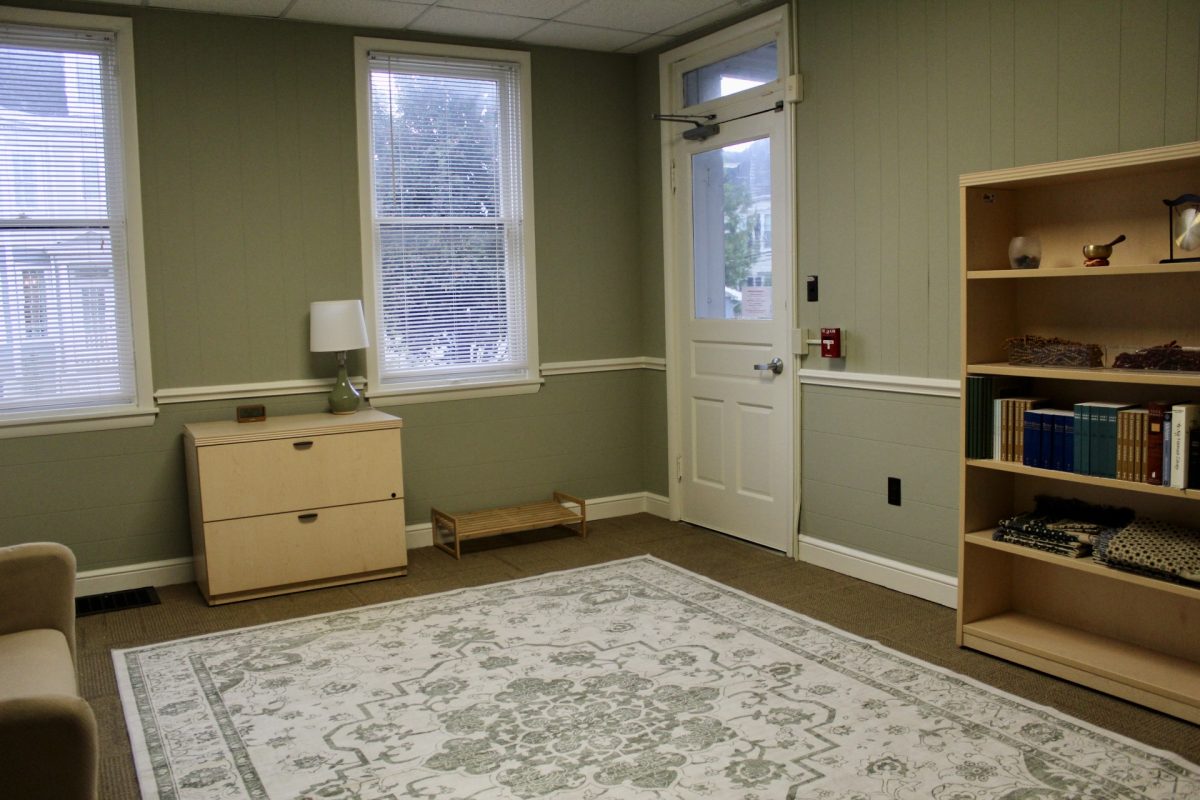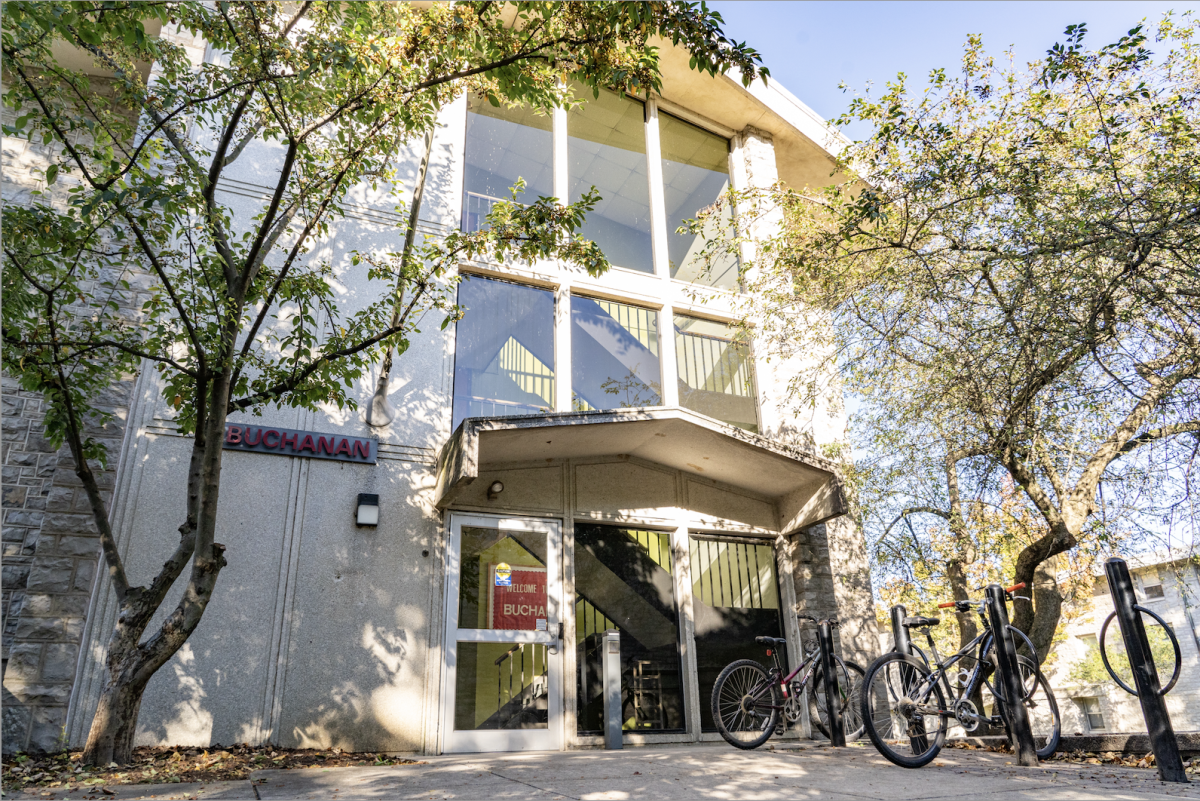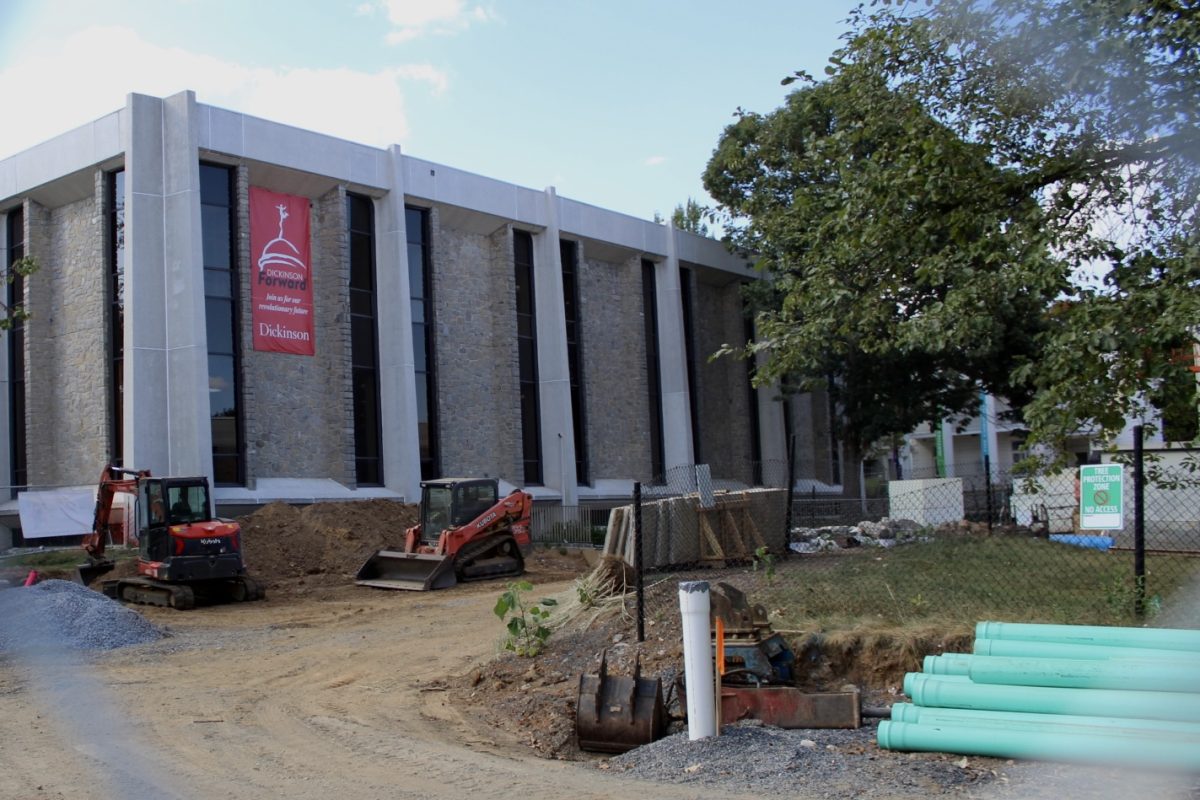With the rise of social media over the past several decades, there has been an increasing and disturbing trend among many people to discount and discredit the work of professional journalists who write about and disseminate the news.
Student journalism in particular has become more and more underfunded in recent years. The Dickinsonian was able to persevere through the pandemic and returned to distributing physical copies of the newspaper last school year — it even placed as one of the country’s best student newspapers in “The Princeton Review”. Yet, the service we provide to the student body and Dickinson community is being discounted and ignored. Pre-pandemic, The Dickinsonian printed once a week throughout the semester; last year, as we eased through the transition out of COVID-19, we printed six times per semester. With a reinvigorated student body who are once again interested in being able to read the newspaper, we hoped to increase this number further to eight print issues each semester this school year.
The money we received from Dickinson’s Student Senate, however, only covers the cost of nine print issues throughout the entire year. We are not alone in having our budget so thoroughly cut: nearly every student club on campus received highly reduced funding for the 2023-2024 school year. But this is particularly a problem for The Dickinsonian, as it reflects the overall cultural trend of disregard for the contributions to society of a free and organized press.
Because of this budget decrease, the student body, many of whom receive most of their news — especially college-specific news — from social media, don’t realize that there is an organization on campus that is completely and wholly dedicated to them, their interests, their desires and their grievances both about the school and wider issues in society. The Dickinsonian is not the mouthpiece of the college; we desire to authentically represent the student experience and provide a forum where students can thoughtfully and freely discuss the things that are going on around campus and the issues and events that matter to them.
Such a forum — provided by the press — is integral to the functioning of any free community, but our lack of funds means that we cannot be as visible to the student body and therefore cannot represent them in the necessary way. Though our decrease in funding was most certainly not malicious on the part of Student Senate, the ramifications of this are quite significant. It limits our ability to report on events in a timely manner and makes it harder to notify the student body of the findings of larger and long-term reporting that we do.
The trend of decreased funding for student newspapers certainly isn’t unique to Dickinson. Penn State’s The Daily Collegian this school year had their funding from the school cut by 50%. Next year, it will be cut to $0 of funding directly from the school. The price of newspaper printing has gone up, both for student papers and full-time professional papers. While the notion of “print media is dying” is pervasive in the journalism industry, it plays a different role for a college demographic such as ours. Posting our stories online helps get our stories out there, but having them on paper, in front of you, is important for the student body to know that it is still around and to see what is happening on campus that they may not know about.
Despite the issues that we have faced since getting back to print last year, we are still hopeful and optimistic that we will be able to make this year even better than last year. While costs are certainly a factor in what we can do, it is not our only limit, and our content will hopefully show the great work we can do.









Drew Kaplan • Sep 27, 2023 at 5:29 pm
This is a much longer running trouble than just with the pandemic. Even pre-covid, The Dickinsonian, simply in terms of dollars, cost the college a small five figure sum. That being said though, the benefit both to the college and its students goes far beyond that.
The purpose of The Dickinsonian is to keep the Dickinson College community informed. That was my rallying cry way back in the day, and, at least in my view, it is still true. The purpose of The Dickinsonian has not changed. When we went into lockdown, that was the first time in our then 148 year history that we had failed to keep our print schedule. Through two world wars, one pandemic (Spanish Flu), and whatever we call the latter half of the 20th century and the beginning of the 21st, The Dickinsonian took on our lofty burden to publish all the news of the college. It was only a second pandemic and the resulting lockdown that meant we didn’t keep our promise to the college and its students, and this was not something we took lightly.
One thing I remember coming up as justification for why we didn’t meet our burden in March of 2020 was that, speaking for the college, someone in one of the student life/related offices told us that the paper wasn’t needed b/c there wouldn’t be anyone on campus to read it. In terms of number of students, staff, and faculty remaining on campus to physically read the physical paper, sure. But in terms of what the paper does for the college, that remark was and still is short-sighted to the extreme.
The issue Walker and Kimberly raised here are the same, or at least similar, to what I raised in 2020: losing the print edition of the paper isn’t just harmful to students in that they’ll miss out on campus happenings, but it also presents a major problem for data retention. When our articles are simply files stored on some server, there is a concerning lack of permanence compared to a paper copy, especially given the College archives used to bind a copy of each paper into a bound book each year.
In short, this move is penny wise and pound foolish. Although people can read articles on their phones, laptops, and probably through brain implants in a few years, really getting the news out to people comes from being able to just pick up a copy of the paper from the HUB, East College, Denny, and so on. In some weeks, the news is boring and we’ll probably recycle some of the copies, but in others we distributed every single one within hours of their arrival. Not bringing back the print edition is not the College shepherding the paper into the modern age. It instead speaks to a troubling disregard for the purpose of The Dickinsonian, and a lack of interest in ensuring that the Dickinson College community is truly informed about all the news of the college that is fit to print, especially where the college isn’t a fan of what that news is.
– Drew Kaplan ’20
The Dickinsonian Editor in Chief (retired)
If anyone is curious, my old letter from the editor was calledLetter from the Editor: The Status of The Dickinsonian. The website won’t let me post the link.